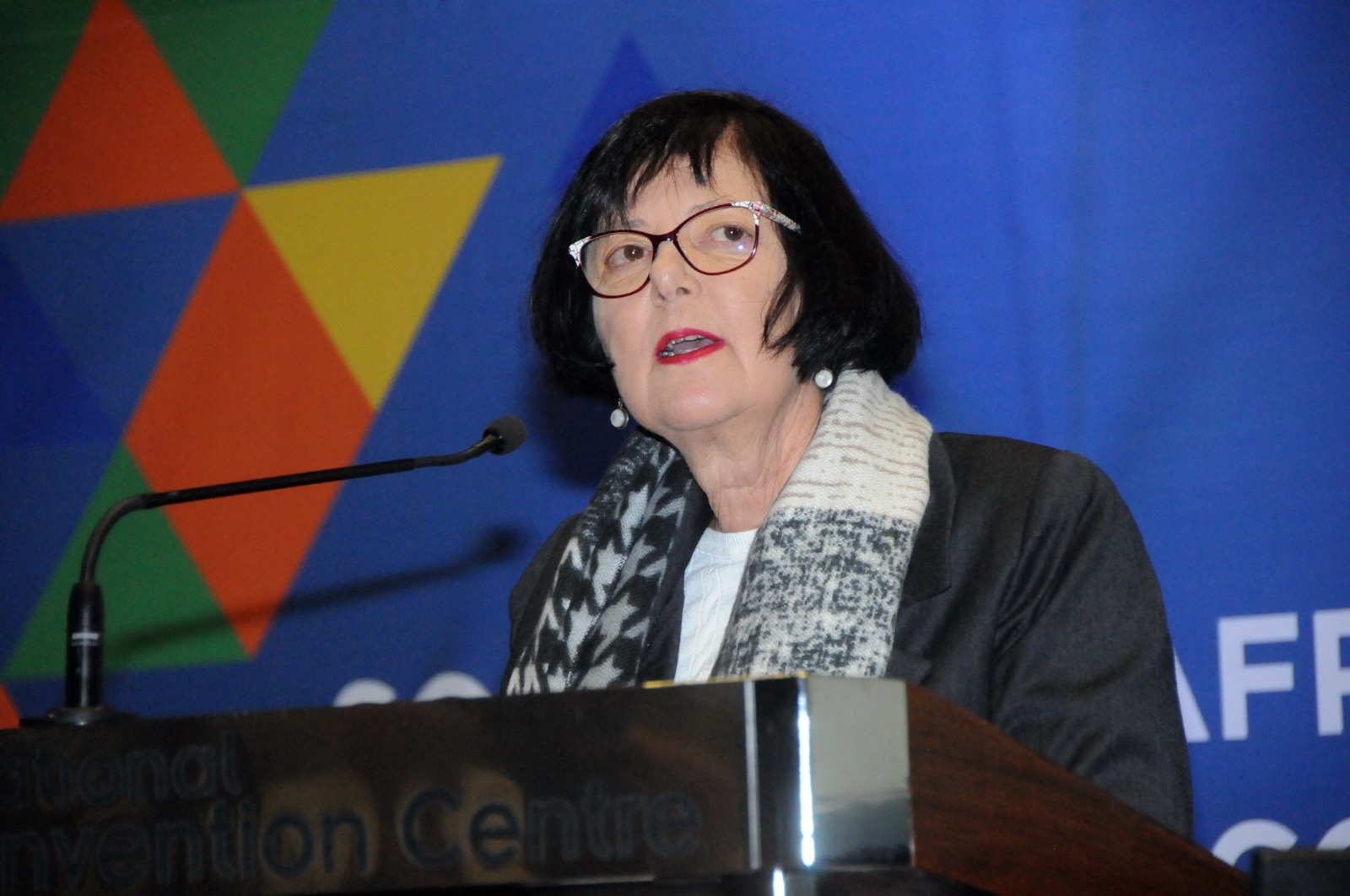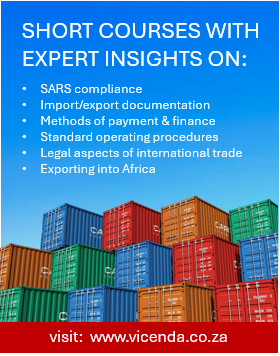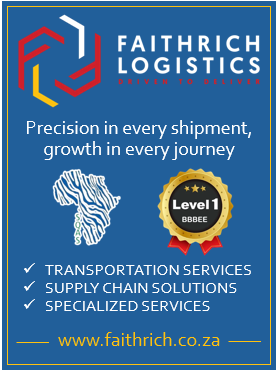The Department of Transport has an ambitious agenda to transform passenger and freight transport in South Africa – with the aim of driving economic growth, creating jobs, and improving road safety.
This was the key message from Minister of Transport, Ms Barbara Creecy, who delivered the opening address at the 43rd Annual Southern African Transport Conference and Exhibition (SATC) in Pretoria.
Minister Creecy stressed the importance of an optimally functioning transport system, telling delegates, “It is a cornerstone for achieving our national objectives of inclusive economic growth, social development, and building a capable state.” In this regard, she outlined six clear targets that will guide the Department of Transport’s work over the next four years to transform the passenger, freight, and aviation sectors.
The first target is to ensure that by 2029, 250 million tonnes of freight are carried annually on the Transnet network, strengthening the backbone of South Africa’s logistics. The second focuses on improving port efficiency to achieve the international benchmark of 30 gross crane movements per hour when loading and unloading ships. “We need to achieve this standard to remain globally competitive,” Minister Creecy noted. The third target is to guarantee that the passenger rail system provides safe, reliable, and affordable transport to workers and their families, with a goal of reaching 600 million passenger journeys per annum by 2030.

Turning to aviation, Minister Creecy said the fourth target is to boost aviation’s contribution to tourism, economic development, and job creation, with an expectation that 42 million passengers per year will move through the ACSA network of airports by the end of this political term. The fifth target seeks to move 1.2 million tonnes of airfreight annually through ACSA airports, positioning South Africa as a key player in regional and international trade.
The sixth – and most critical – target is to reduce road fatalities by 45% by 2029, in line with the United Nations (UN) goal of halving road deaths by 2030. Minister Creecy praised the progress made so far, reporting a consistent 9% annual decline in accidents and fatalities, but emphasised the need to intensify efforts to reduce pedestrian deaths, which account for 44% of fatalities.
Highlighting rail as a central focus, Minister Creecy affirmed the Department’s commitment to re-establishing it as the backbone of transport for both people and goods. “By the end of May 2025, PRASA reopened 35 out of 40 passenger corridors nationwide. Passenger journeys are expected to rise from 77 million in the last financial year to 116 million in the 2025/26 financial year,” she said.
Minister Creecy highlighted the importance of private sector investment, given the limited availability of state resources to fund infrastructure development. “To guide private sector investment in our five priority rail and port corridors, we have just concluded a Request for Information process,” she said. Transnet will issue Requests for Proposals from the end of August 2025 to begin the formal procurement process. She also confirmed the establishment of the Private Sector Participation Unit at the Development Bank of Southern Africa (DBSA), which will help direct private investment into rail and port infrastructure.
When it comes to aviation, Minister Creecy announced that R21.7 billion has been allocated to ACSA for infrastructure development, which includes modernising passenger facilities and constructing a new freight terminal at OR Tambo International Airport.
Highlighting the economic role of South African Airways (SAA), she said, “A recent Oxford Economics Africa study confirms SAA contributed R9.1 billion to South Africa’s GDP in 2023/24, with projections rising to R32.6 billion by 2029/30. The airline is set to support 86,700 jobs by the end of this term, up from 25,000 today.”
On road infrastructure, Minister Creecy acknowledged public concerns, noting that SANRAL has taken over 3,099 kilometres of provincial roads at the request of premiers and has reprioritised funding to ensure these roads are maintained. However, she cautioned that SANRAL cannot take on further upgrades without overburdening its budget. “Our priority is to ensure provinces and municipalities spend their existing road budgets effectively,” she said.
To strengthen oversight, Minister Creecy announced that R94 million has been allocated to provide technical support to provincial road departments. She also revealed a new Memorandum of Understanding with the South African Local Government Association (SALGA) to monitor spending on the Municipal Infrastructure Grant, stressing, “Seventeen percent of this grant is intended for road and bridge maintenance, yet too often it is either used for other purposes or returned to the National Treasury unspent.”
On the taxi industry, which transports more than 85% of commuters, Minister Creecy emphasised the need for formalisation and the elimination of criminality. “We are working with banks and vehicle manufacturers to de-risk financing and developing a Standard Operating Procedure for issuing operating licences,” she said.
Minister Creecy ended by underscoring the vital role of transport in South Africa’s future. “A fully integrated transport system lies at the heart of any nation’s development. It is the artery through which progress flows, connecting communities, facilitating trade, and enabling access to opportunities. Our responsibility – as role players in the transport sector – is immense. We hold the key to unlocking the full potential of our nation's economy,” she concluded.





